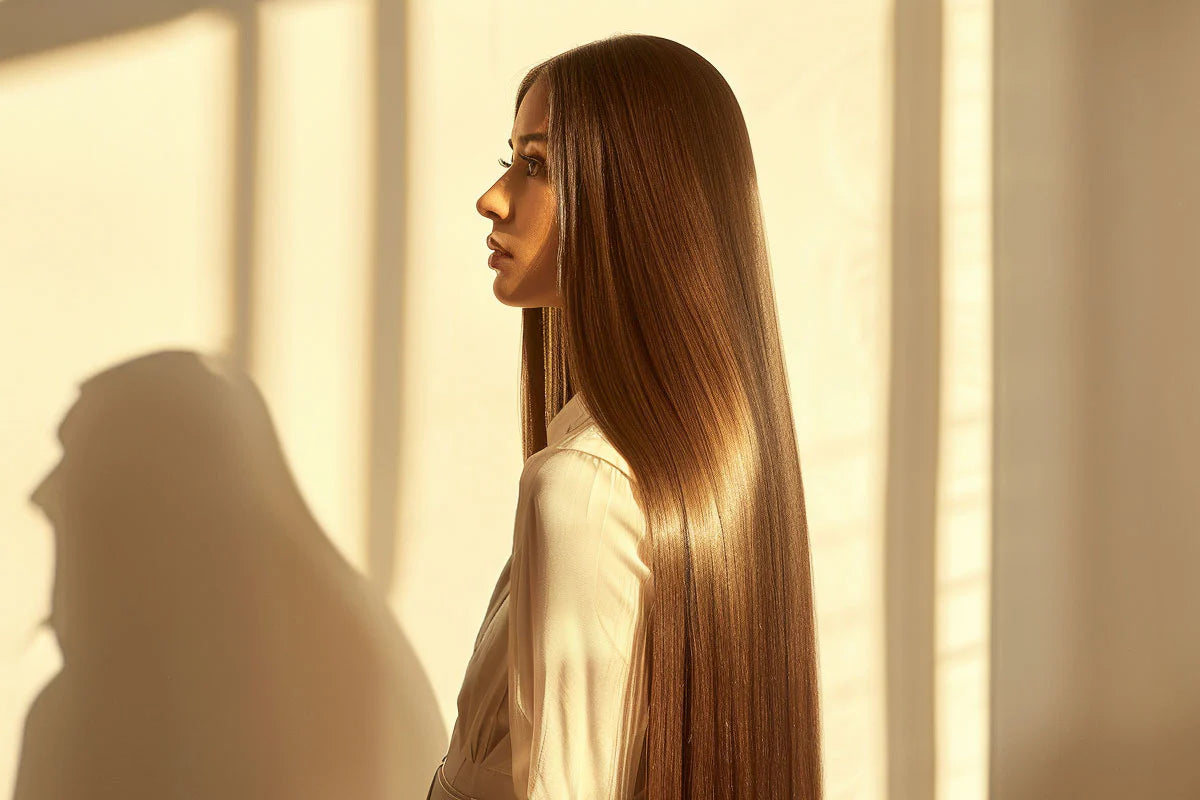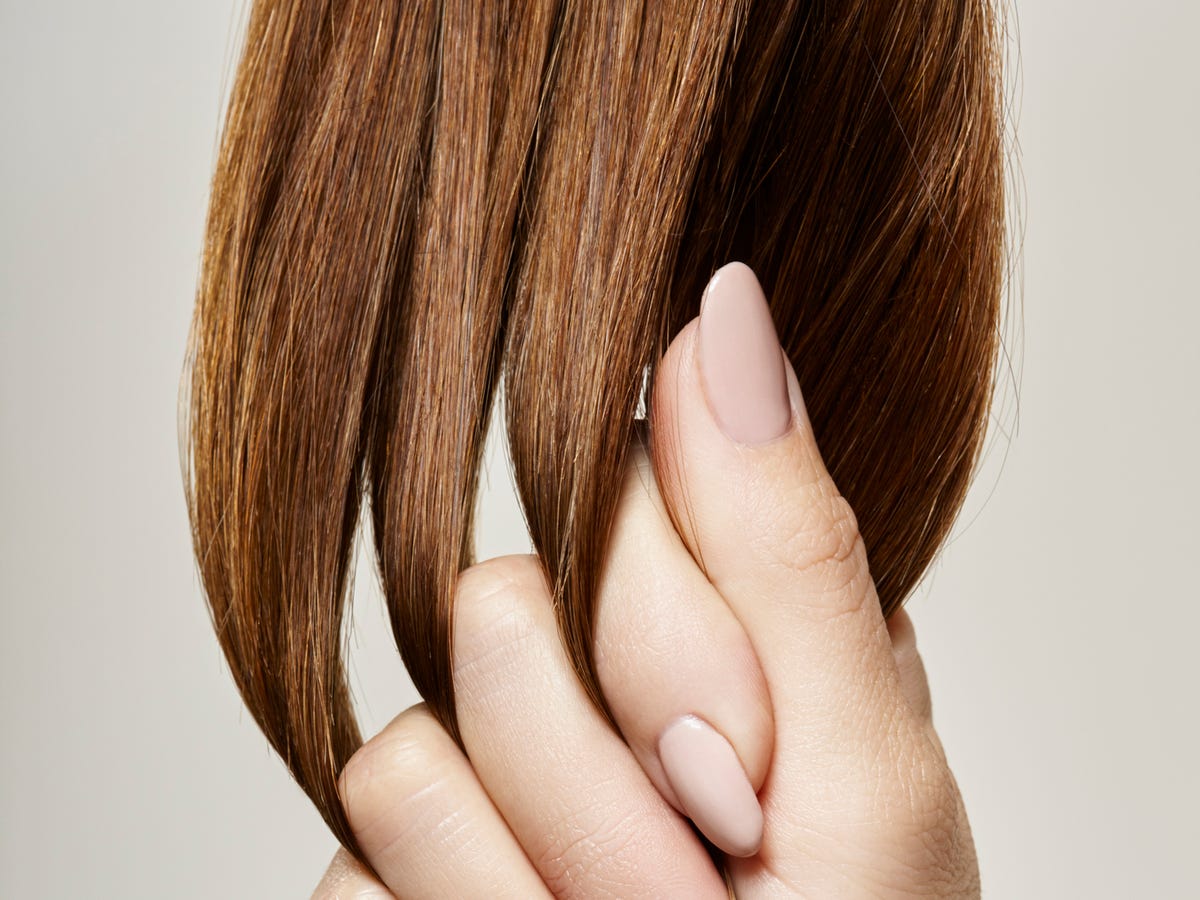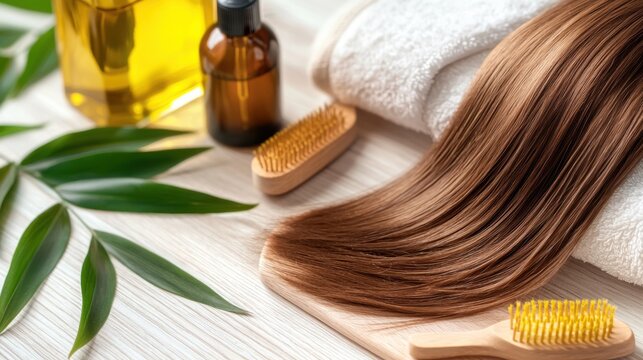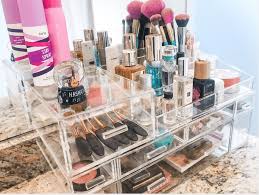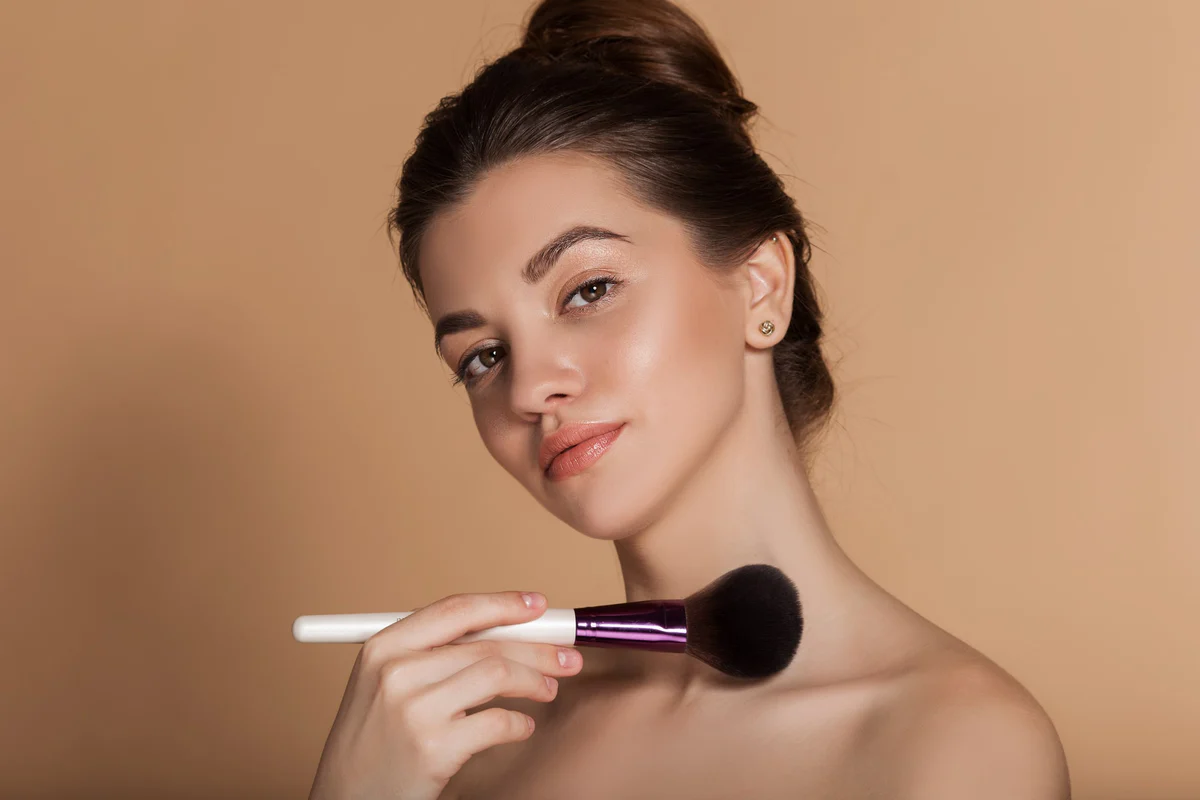Prioritize Scalp Care
Healthy hair begins with a healthy scalp. When the scalp is clean and nourished, hair follicles remain unclogged, allowing strands to grow strong. Regular cleansing with a gentle shampoo helps remove dirt and product buildup. Massaging the scalp with fingertips during washing can also stimulate blood circulation, which supports growth and thickness.
Choose the Right Shampoo and Conditioner
Not every hair type responds the same way to products. A lightweight formula works better for fine hair, while thicker textures may benefit from moisture-rich products. Reading labels carefully and avoiding harsh sulfates helps protect natural oils. A conditioner tailored to your needs keeps strands smooth, reduces breakage, and enhances volume.
Limit Heat Styling
Frequent use of curling irons, blow dryers, or straighteners can weaken hair shafts, leading to dryness and split ends. If styling tools are necessary, applying a heat protectant spray beforehand acts as a barrier. Allowing your hair to air-dry whenever possible minimizes damage and helps preserve its natural shine.
Incorporate a Balanced Diet
The nutrients you consume directly influence the health of your hair. Protein, iron, zinc, and omega-3 fatty acids all contribute to strong, resilient strands. Foods like eggs, nuts, spinach, salmon, and sweet potatoes can provide these vital nutrients. Staying hydrated is equally important, as water supports the elasticity and smoothness of each strand.
Gentle Brushing Techniques
Brushing too aggressively can pull out hair and cause breakage. Using a wide-tooth comb on wet hair reduces stress on the strands. For dry hair, a boar-bristle brush can distribute natural oils evenly from roots to tips, giving hair a healthier appearance. Always start detangling from the ends before moving upward to avoid unnecessary tugging.
Regular Trims for Stronger Ends
Split ends travel upward and weaken the length of the hair over time. Scheduling trims every six to eight weeks helps maintain strength and encourages a fuller look. Even if you’re growing your hair longer, removing damaged ends ensures that growth appears healthier and more vibrant.
Scalp Massages and Natural Oils
Incorporating natural oils into your hair routine can improve both scalp and strand health. Oils like coconut, argan, and jojoba nourish follicles while adding shine and softness. A weekly scalp massage with warm oil relaxes muscles, boosts circulation, and promotes a more voluminous look over time.
Protect Hair While Sleeping
Friction from cotton pillowcases can cause tangles, breakage, and frizz. Switching to a silk or satin pillowcase allows hair to glide smoothly while you rest. Braiding your hair loosely before bed or using a soft scrunchie to tie it back prevents unnecessary knots and damage.
Be Mindful of Stress Levels
High stress levels can disrupt hair growth cycles and contribute to shedding. Practicing relaxation techniques like meditation, yoga, or simply taking daily walks helps maintain balance. Adequate sleep also gives the body time to repair and rejuvenate, supporting healthier and fuller hair naturally.
Hydration from the Inside Out
Hair thrives when the body stays hydrated. Drinking enough water throughout the day not only benefits your skin but also supports stronger strands. Dehydration can make hair appear dull and brittle, while proper hydration maintains softness and flexibility. Pairing water intake with fresh fruits and vegetables rich in water content can give your hair a naturally fuller and shinier look.
Avoid Tight Hairstyles
Pulling your hair back into tight ponytails, braids, or buns may seem stylish, but doing it too often can strain the roots and lead to breakage. Over time, this tension can cause thinning around the hairline. Opting for looser styles and using soft ties helps protect the scalp and strands, giving your hair a chance to remain strong and full.
Seasonal Hair Care Adjustments
Hair reacts differently depending on the season. During summer, exposure to sun and chlorine can cause dryness, while winter’s cold air often brings frizz and static. Adjusting your routine to fit the climate makes a noticeable difference. Using hydrating masks in winter or UV-protection sprays in summer ensures your strands remain nourished and less prone to seasonal damage.
